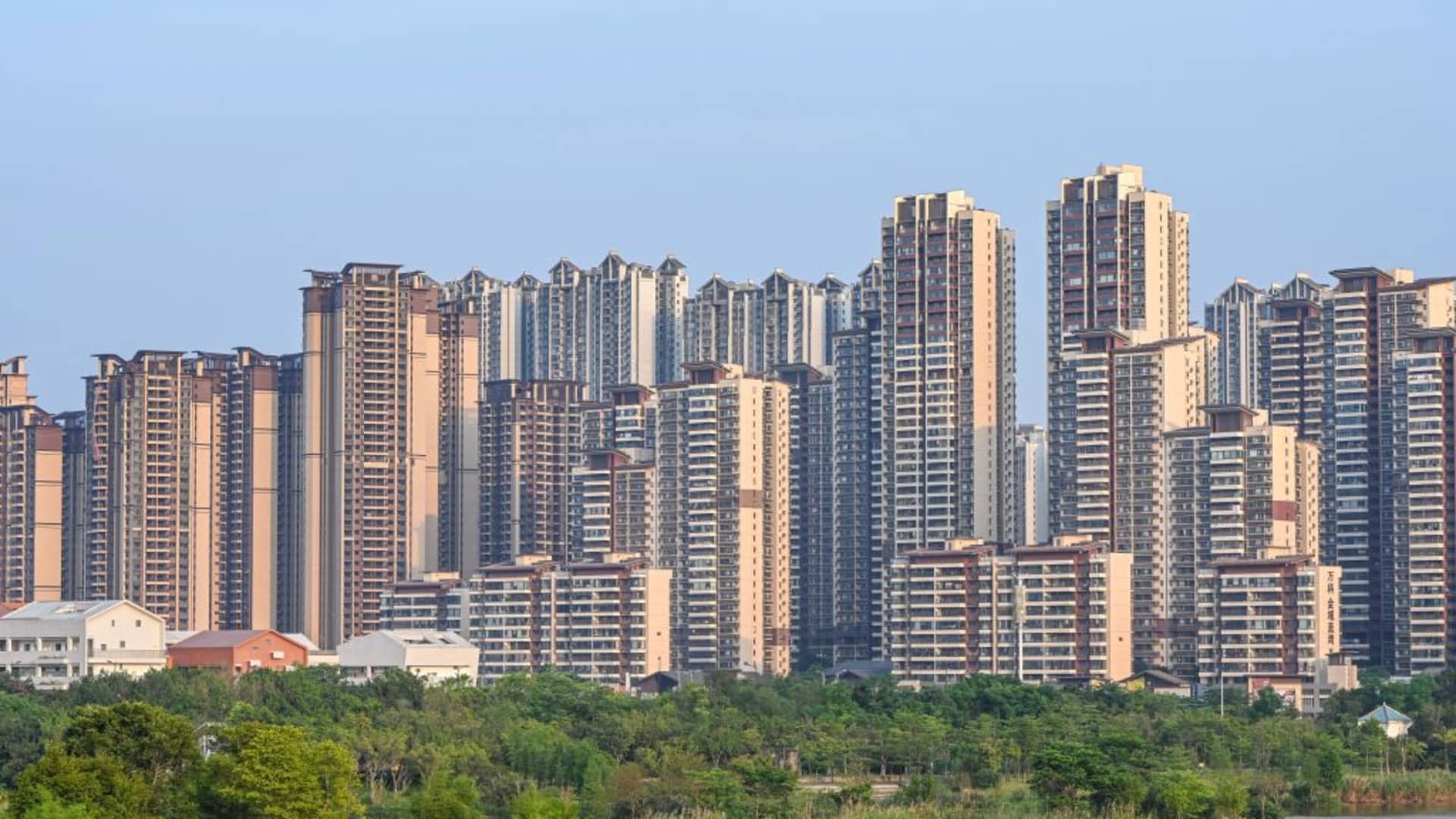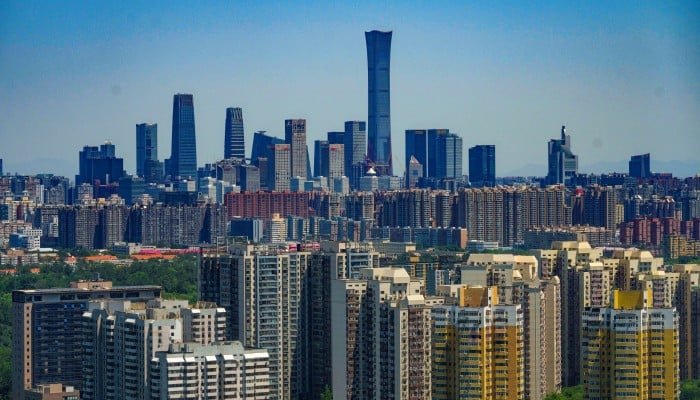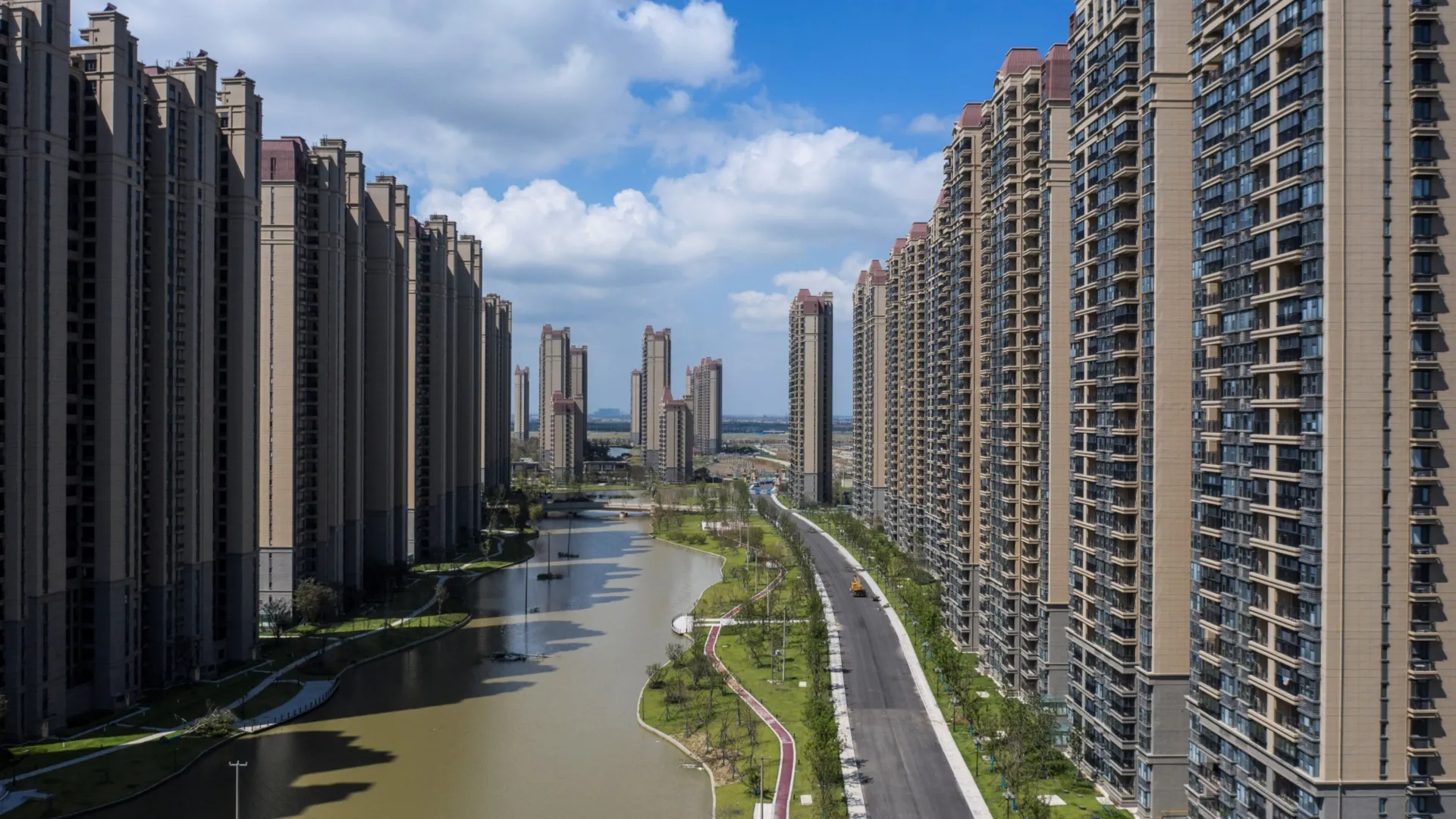Introduction to China’s Property Crisis
China’s real estate market, once a powerhouse of economic growth, is now in a deep slump that experts predict could last for years. This isn’t just a domestic issue—it’s sending ripples across the Asia-Pacific region and beyond. With towering debts, stalled projects, and shaken consumer confidence, the crisis is reshaping economies and livelihoods. Let’s dive into what’s happening, why it matters, and how it could affect you, whether you’re a homeowner, investor, or just curious about global markets.
The Roots of the Real Estate Slump
A Boom Built on Debt
For decades, China’s property sector was a juggernaut, fueling economic growth and lifting millions into the middle class. Developers like Evergrande and Country Garden borrowed heavily to build high-rises and sprawling complexes, often selling apartments before they were completed. This model worked until it didn’t—oversupply, tightened regulations, and a slowing economy exposed the cracks. By 2021, Evergrande’s default on over $300 billion in debt sent shockwaves through the industry, marking the start of a broader crisis.
The Three Red Lines Policy
In 2020, China introduced the “Three Red Lines” policy to curb excessive borrowing by developers. These rules capped debt-to-cash, debt-to-equity, and debt-to-assets ratios, aiming to stabilize the sector. While well-intentioned, the policy choked off funding for many developers, leaving them unable to complete projects or service debts. Smaller cities, where oversupply was already a problem, felt the brunt, with “ghost cities” becoming a stark symbol of the market’s overreach.
Demographic and Economic Shifts
China’s aging population and slowing urbanization are reducing demand for new housing. Experts estimate that urban housing demand will drop to 4.1 million units annually by 2030, down from 9.4 million in the 2010s. Combine this with economic uncertainty—exacerbated by trade tensions with the U.S. and post-COVID recovery struggles—and homebuyers are hesitant to invest. Many Chinese households, with 60-70% of their wealth tied to property, are feeling the pinch.
The Economic Fallout in China
A Drag on GDP Growth
The property sector accounts for about 20-30% of China’s GDP, so its troubles have far-reaching consequences. Goldman Sachs predicts an “L-shaped recovery”—a sharp decline followed by a slow, flat recovery—meaning the sector will weigh on growth for years. In 2023, property investment fell 19.1% year-on-year, and new home sales for top developers dropped by a third. This slump has weakened consumer spending, as falling home prices erode household wealth.
Developer Defaults and Financial Strain
Major developers like Evergrande and Country Garden are drowning in debt. Country Garden reported a $6.7 billion loss in the first half of 2023 and narrowly avoided default on $22.5 million in bond payments. Evergrande, with $326 billion in liabilities, filed for U.S. bankruptcy protection as part of a massive debt restructuring. These failures have sparked a “crisis of confidence,” with buyers wary of investing in uncompleted projects.
Impact on Local Governments
Local governments, reliant on land sales for revenue, are struggling as property transactions plummet. This fiscal crunch limits their ability to fund public services or stimulate growth. Some cities have tried to prop up the market by easing mortgage rules or buying unsold properties, but these measures have had limited success. The loss of tax revenue is hitting smaller cities hardest, where property markets were already oversaturated.
Regional and Global Implications
Spillover Effects in the Asia-Pacific
The crisis isn’t confined to China. Wall Street banks like Goldman Sachs and Morgan Stanley warn that a prolonged slump could destabilize the Asia-Pacific region. Countries like Australia, heavily reliant on Chinese demand for commodities like iron ore, could face economic headwinds. Similarly, nations with investments in Chinese real estate—such as Singapore and Hong Kong—may see declining asset values as Chinese developers offload overseas holdings at steep discounts.
Global Market Jitters
While global investor reaction has been muted so far, the crisis is causing unease. In 2023, the S&P 500 dipped amid signs of distress in China’s economy, though U.S. tech stocks cushioned the blow. European luxury brands and American tech firms, which rely on Chinese consumer spending, are vulnerable if household wealth continues to shrink. A deeper recession in China could tighten financial conditions globally, affecting trade and investment flows.
Comparison: China vs. Japan’s 1990s Bubble
China’s crisis draws parallels to Japan’s 1990s property bubble burst, which led to a “lost decade” of economic stagnation. Both cases involve over-leveraged developers, falling home prices, and shaken consumer confidence. However, China’s stricter financial regulations, like high down-payment requirements, may prevent a Western-style banking crisis. Still, the sheer scale of China’s property sector—15% of employment—makes a swift recovery unlikely.
| Aspect | China’s Crisis (2020-Present) | Japan’s Bubble (1990s) |
|---|---|---|
| Trigger | Developer defaults, regulatory crackdowns | Asset bubble burst, loose monetary policy |
| Debt Levels | $300B+ (Evergrande alone) | $1T+ in bad loans |
| Economic Impact | 20-30% of GDP affected | 10-15% of GDP affected |
| Recovery Outlook | L-shaped, multi-year slowdown | Decades-long stagnation |
| Global Spillover | Asia-Pacific, commodity markets | Global financial markets |
Government Responses and Their Limits
Stimulus and Policy Easing
China’s government has rolled out measures to stabilize the market, including lowering down-payment requirements, cutting mortgage rates, and setting up a $41.5 billion fund to buy unsold homes for affordable housing. However, these steps have been criticized as insufficient. Analysts from Nomura suggest lifting nearly all home purchase restrictions and restructuring local government debt to spur recovery.
Pros and Cons of Current Measures
- Pros:
- Eased mortgage rules encourage first-time buyers.
- Local government purchases of unsold homes reduce inventory.
- Central bank rate cuts improve liquidity for developers.
- Cons:
- Measures are too modest to address the scale of the crisis.
- Buyer confidence remains low due to fears of further price drops.
- State-owned developers benefit more, leaving private firms struggling.
Challenges Ahead
Despite these efforts, structural issues like oversupply and demographic decline limit their impact. The government’s reluctance to let home prices fall naturally—due to fears of social unrest—has delayed market corrections. Meanwhile, rules allowing banks to delay recognizing bad loans mask the true extent of financial risks, potentially prolonging the crisis.
Personal Stories: The Human Cost
Imagine being a young couple in Nanning, saving for years to buy a dream home, only to find the developer has gone bankrupt, leaving your apartment half-built. This is the reality for millions of Chinese families. In 2022, homebuyers in multiple cities staged protests, refusing to pay mortgages on unfinished projects. These stories highlight the emotional toll—savings wiped out, dreams deferred, and trust in the system shattered. I spoke to a colleague who visited a “ghost city” in Guangxi; the eerie sight of empty towers underscored the scale of the problem. It’s not just numbers—it’s people’s lives.
People Also Ask (PAA)
What caused China’s real estate crisis?
The crisis stems from over-leveraged developers, tightened regulations like the Three Red Lines policy, and declining demand due to demographic shifts and economic uncertainty. Defaults by giants like Evergrande and Country Garden triggered a broader loss of confidence.
How is China’s government addressing the property slump?
The government has cut mortgage rates, lowered down-payment requirements, and launched a $41.5 billion fund to buy unsold homes. However, these measures are seen as insufficient to reverse the multi-year downturn.
Which countries are affected by China’s real estate slump?
Countries in the Asia-Pacific, like Australia and Singapore, face risks due to reduced Chinese demand for commodities and real estate investments. Global markets could also feel the impact if China’s economy slows further.
Where can I learn more about China’s property market?
For in-depth analysis, check reputable sources like Bloomberg, CNBC, or the IMF’s reports on China’s economy. Local news outlets like South China Morning Post offer detailed updates on policy changes and market trends.
Navigating the Crisis: What Can Be Done?
For Homebuyers
If you’re considering buying property in China, focus on Tier 1 cities like Shanghai or Beijing, where demand remains stronger. Research developers carefully—state-owned firms are generally safer bets. Tools like Beike Research Institute provide data on transaction volumes and price trends to guide your decisions.
For Investors
Global investors should diversify away from Chinese real estate assets. Consider safer markets like Singapore or Australia, where property sectors are more stable. Platforms like Bloomberg offer real-time market data to track global trends.
Best Tools for Market Analysis
- Bloomberg Terminal: Comprehensive data on global real estate markets.
- Reuters: Up-to-date news on China’s property sector policies.
- IMF Reports: In-depth economic analysis of China’s structural challenges.
FAQ Section
How long will China’s real estate slump last?
Experts, including Goldman Sachs and UBS, predict the slump could persist for several years, with recovery delayed until mid-to-late 2026 unless significant stimulus is introduced.
Why is China’s property market so important?
The sector drives 20-30% of China’s GDP and holds 60-70% of household wealth. Its decline impacts consumer spending, local government revenue, and regional economies.
Are there investment opportunities in China’s property crisis?
While risky, some investors are eyeing distressed assets for potential bargains. Focus on state-backed developers or consult financial advisors for tailored strategies.
How does the crisis affect regular Chinese citizens?
Falling home prices and stalled projects threaten household wealth and savings, leading to protests and reduced consumer confidence. Many families face uncertainty about their investments.
What are the global risks of this slump?
A deeper slowdown in China could reduce demand for global commodities, impact trade, and weaken consumer-driven markets like luxury goods and tech.
Conclusion: A Long Road Ahead
China’s real estate slump is more than a market correction—it’s a structural shift with profound implications. For the Chinese, it’s a test of resilience as families and businesses navigate uncertainty. For the world, it’s a reminder of how interconnected our economies are. While the government scrambles to stabilize the sector, the path to recovery is fraught with challenges. Stay informed, diversify your investments, and keep an eye on China—it’s a story that will shape global markets for years to come. For the latest updates, visit trusted sources like Bloomberg or CNBC.



